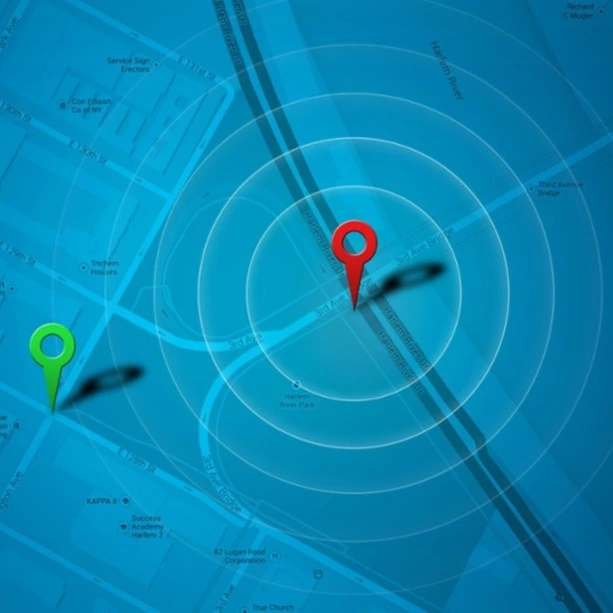To compare GPS vs. RFID for asset location purposes, you first need to understand the following technology:
- GPS (which stands for Global Positioning System) uses a signal processor to receive low-power satellite signals and calculate positioning. It can then transmits that information either through a cellular network or a long-range system like Symphony Link.
- Passive RFID (radio frequency identification) uses a reader that transmits a very powerful low-frequency RF signal to an RFID sticker. This sticker is made only of metal and silicone (think of the stickers you’ve seen in library books) and has no battery. The electrons in the RFID sticker become excited and begin to flow from the signal, causing the chip to wake up and transmit back to the reader at a much higher frequency.
- Active RFID doesn’t get the power it needs to transmit from an exciter but rather from a battery. (Hence, “active.”) The tag typically contains a Bluetooth chip and a single antenna. Every couple milliseconds, the tag transmits its identity to a reader.
The number one thing that should be on your mind if you’re thinking about handling asset location through GPS or RFID technology (whether it’s active or passive) is energy, energy, energy.
GPS Vs. RFID: A Look At Power Consumption
GPS is very energy-intensive for two reasons:
- GPS signal processors are power-hungry. While processors today are much more power-efficient than they used to be, these little pieces of silicone still have to do a number of complex time calculations as they receive low-power satellite signals. This process takes dozens of milliwatts per transaction (per processor) regardless of new innovations.
- Data transmission is also very power-hungry. Once the GPS knows where the “thing” is, it has to transmit that information—and this takes a great deal of energy. To handle this energy drain, GPS-based location systems are often powered by the battery of the vehicle they’re attached to (in vehicular/moving equipment use cases). There are some creative ways to save power when transmitting via GPS, but those typically involve the GPS unit sleeping between transmissions. This allows the unit to transmit its starting and ending positions, but not the route taken.
RFID-based location systems, on the other hand, are not quite as power-hungry. Passive RFID system tags don’t require power at all, and active RFID systems like AirFinder use low-energy tags. The readers for RFID systems are either powered by D batteries or are connected to AC power, providing an abundant energy supply.
GPS Vs. RFID: Uses
One of the primary uses for GPS-based asset location is vehicle location. As previously mentioned, the GPS unit on the vehicle can sometimes use the vehicle battery, giving it the power it requires.
Passive RFID is ideal for tracking assets that can be read through a choke point. For example, some airlines are integrating passive RFID into luggage tags, and some delivery services are adding tags to shipping crates and boxes. The tags are extremely inexpensive (pennies when bought in bulk), which makes these applications possible.
Active RFID is a very inexpensive RTLS option (even though the tags are more expensive than passive RFID tags), and it’s ideal for tracking assets in parts of or an entire building. It can be used to manage chain of custody, ensure quality control, or enhance vendor risk management practices.
Still unsure of your best asset location technology options?
We’re happy to help you figure out whether RTLS or GPS technology is best suited for your industry or application.





